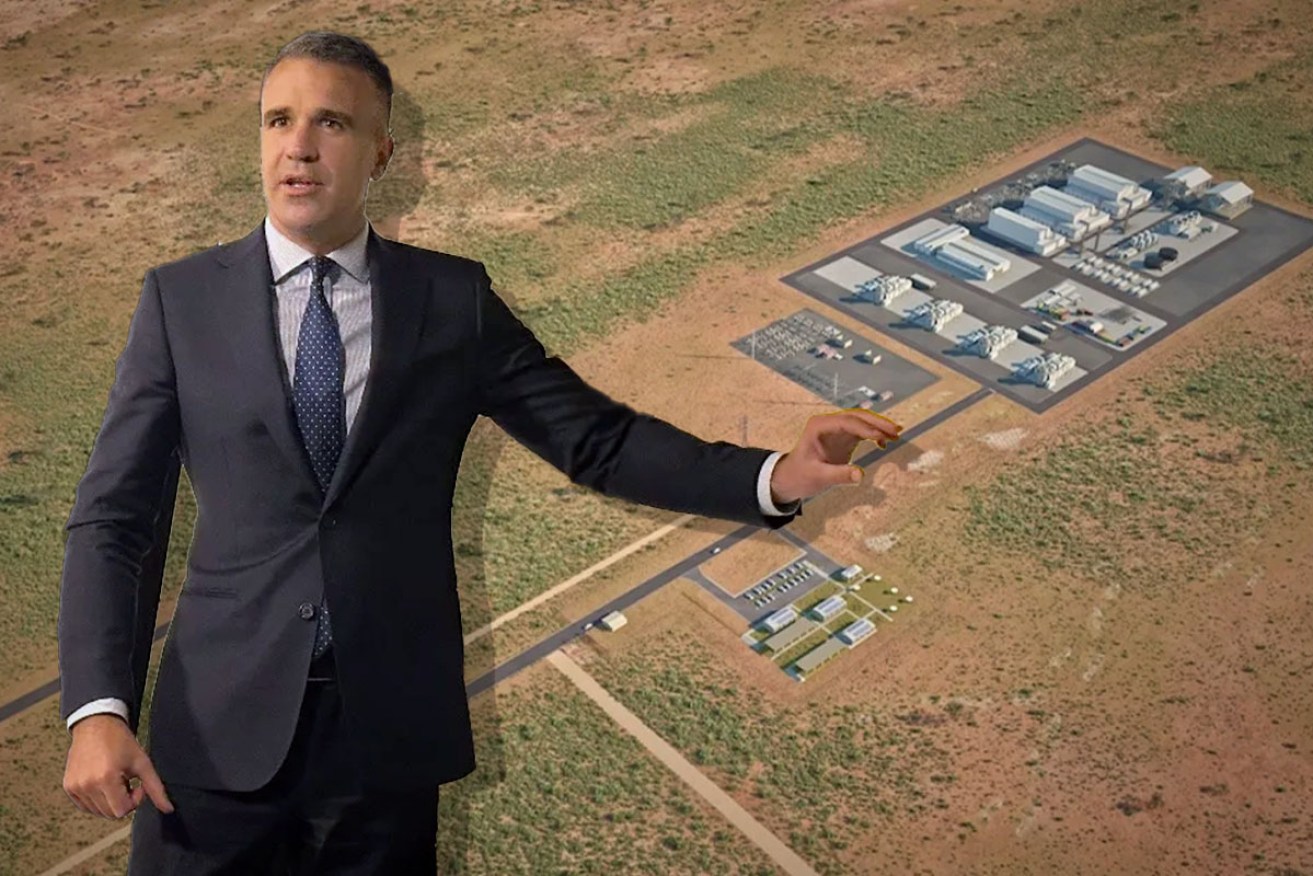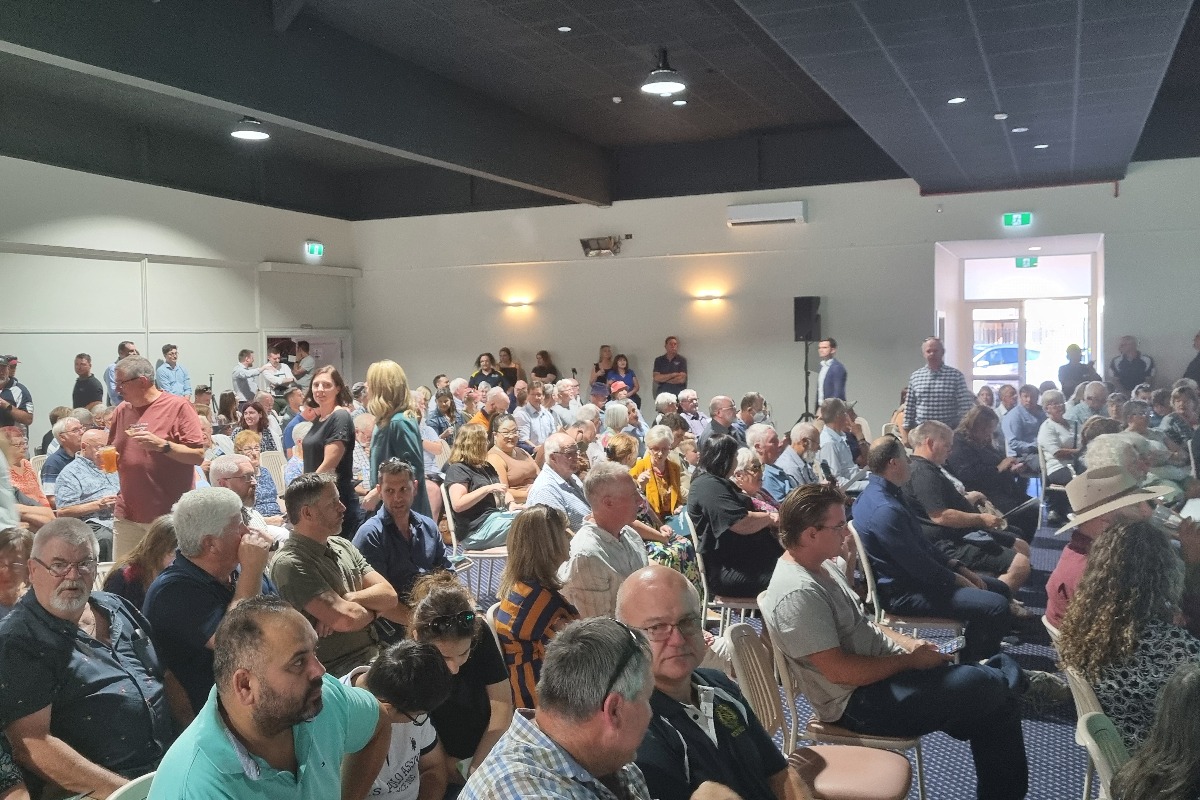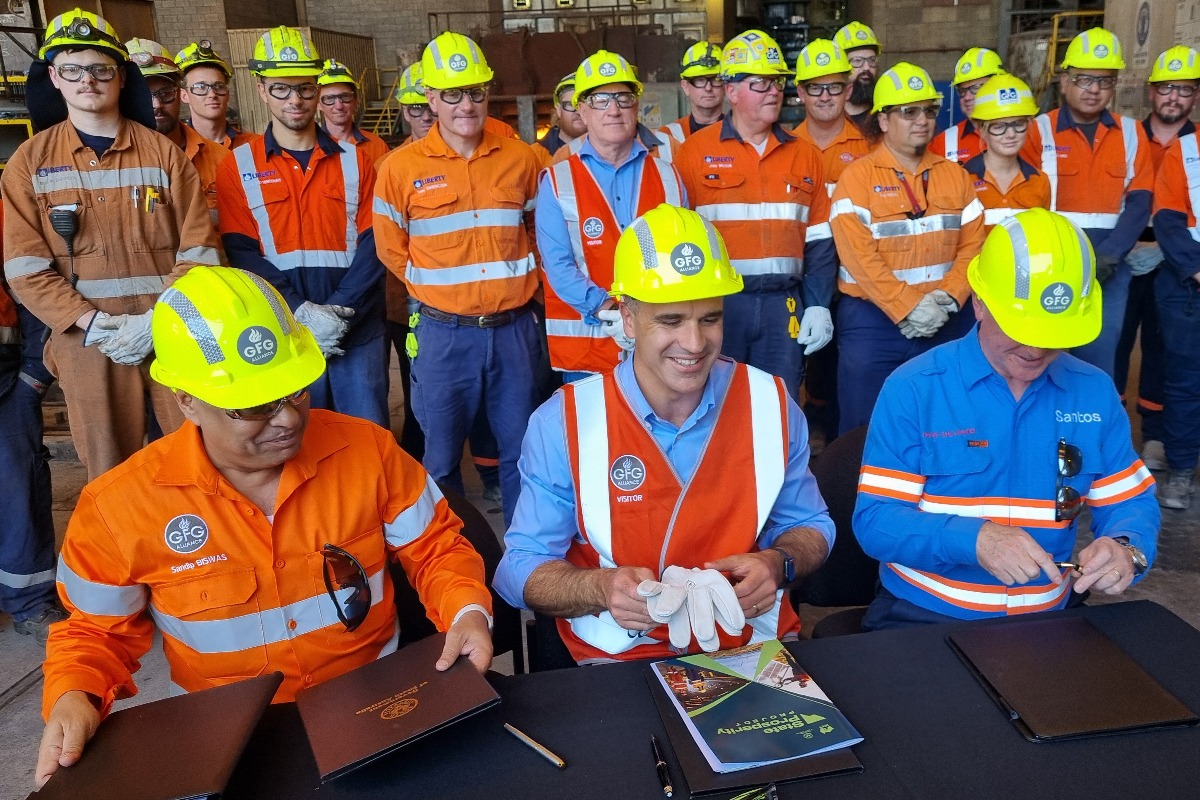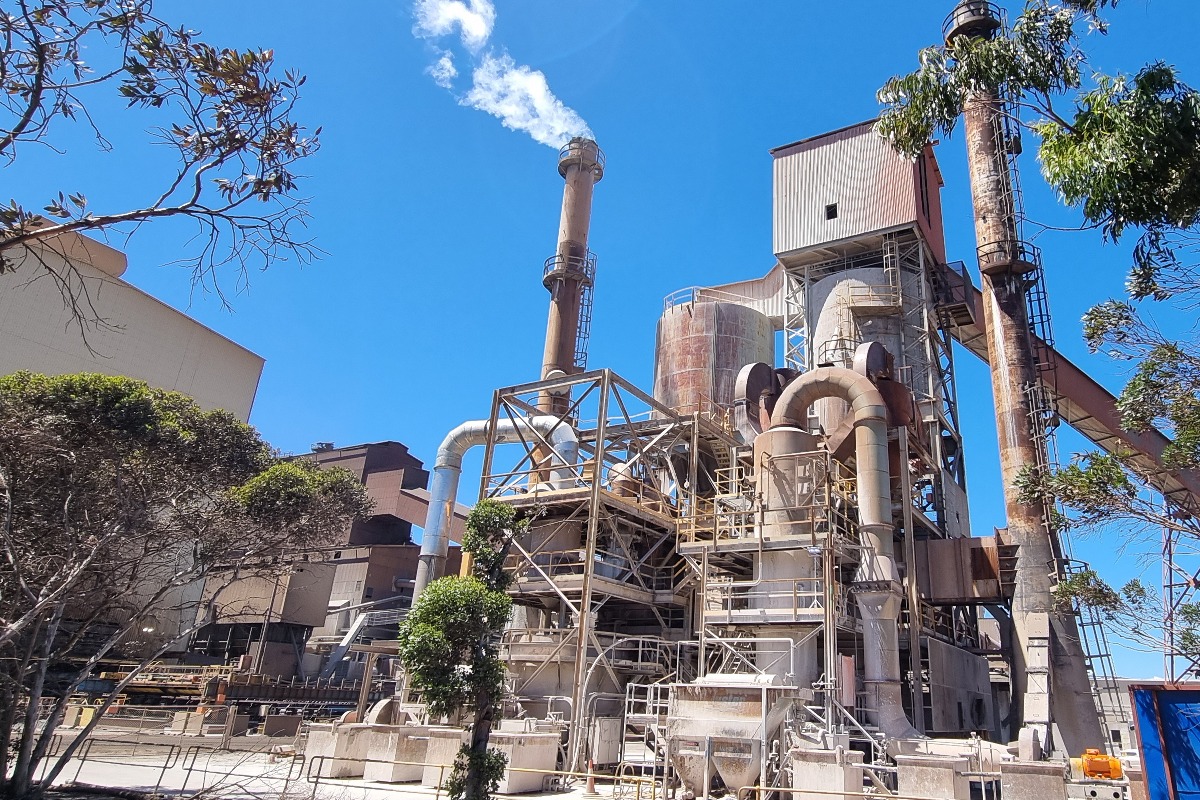The Premier and his hydrogen messaging problem
Premier Peter Malinauskas is trying to sell hydrogen energy as the next big thing. But first, he needs to explain what it is.


Premier Peter Malinauskas admits that most South Australians aren't as excited as he is about a $593m taxpayer-funded hydrogen power plant to be built near Whyalla. Composite image: James Taylor/InDaily
The Malinauskas Government has taken a gaggle of ministers, public servants, media advisers and journalists to the Upper Spencer Gulf this week to talk up the prospect of “re-industrialising” the Iron Triangle and kicking off a new era of wealth generation in South Australia.
As part of a neatly branded and well-coordinated “state prosperity project”, the government’s rolled out a series of announcements about its support for copper mining, its planned $593 million hydrogen power plant in Whyalla and the (potential) $5 billion-plus northern water project.
Meanwhile, Premier Peter Malinauskas has been talking enthusiastically to locals and media about things like hydrogen offtake, electrolysis, direct reduced ironmaking and something called an “aeroderivative LM6000VELOX turbine generator”.
But does anyone understand what he’s talking about?
The short answer is, well, not really. And it’s a problem the government has become acutely aware of.
Speaking to more than 400 Whyalla locals at a forum on Sunday night, the Premier asked how many of them know what a hydrogen electrolyser is.
Barely anyone put their hand up.
“We’re in the home of the world’s biggest electrolyser and no one knows anything about what I’m talking about,” Malinauskas quipped. “This is good to hear.”

Whyalla locals turned out to talk hydrogen and other issues with the Premier. Photo: Thomas Kelsall/InDaily
On top of hydrogen energy being hard to understand, it’s also not front of voters’ minds.
Asked at a press conference earlier on Sunday whether he has a hydrogen messaging problem, the Premier said: “Absolutely.”
“When I do street corner meetings, shopping centre visits, I don’t have South Australians coming up to me and saying ‘Premier, where are you at with hydrogen? Where are you at with DRI (Direct Reduced Ironmaking)? What’s going on with CCS (Carbon Capture and Storage)?” Malinauskas said.
“It’s not top of mind for everyone in their daily lives because they’ve got other considerations and the government’s got to respond to those and make those a priority.
“But we can’t miss out on opportunities to pursue ways to improve the generation of wealth in our state just because it’s too hard – or too hard to explain – or people aren’t necessarily engaged in it on a day-to-day basis.
“So yes, this is a political challenge.”
The government hasn’t put lower consumer energy prices at the forefront of its hydrogen sales pitch either, even if it is part of the appeal.
So, what’s the big deal with hydrogen then?

Premier Peter Malinauskas signing agreements with Santos CEO Kevin Gallagher and GFG Alliance chief investment officer Sandip Biswas at the Whyalla Steelworks on Sunday. Photo: Thomas Kelsall/InDaily
Whyalla’s $593 million hydrogen power plant will, if all goes to plan, have one of the world’s biggest hydrogen electrolysers operating by 2026.
The machine will use electricity to separate hydrogen from oxygen in water, (i.e. electrolysis). The government says the electricity input will be from renewables – “green hydrogen” – and argues this is logical given South Australia often produces more renewable energy than it needs.
The hydrogen produced from electrolysis will then be used to power turbines, putting renewable energy back into the state’s electricity grid when it is needed.
The government announced on Sunday that is has selected General Electric Vernova as its preferred supplier for the turbines (those aforementioned aeroderivative LM6000VELOX turbine generators).
But the hydrogen power plant will also be used for storage and, potentially, supplied to industries looking to decarbonise.
The government has its eye on supplying hydrogen to South Australia’s biggest carbon polluter, the Whyalla Steelworks, to help it move away from its current fossil fuel intensive processes and towards green iron (direct reduced ironmaking) and green steel.
The steelworks’ owner, British billionaire Sanjeev Gupta’s GFG Alliance, has now entered negotiations with the government on a hydrogen supply agreement, i.e. hydrogen offtake. It’s also looking at using Santos’ carbon capture and storage project in Moomba to store the steelworks’ emissions.
Around 7 per cent of global emissions come from steel production, with around two tonnes of carbon dioxide produced for every tonne of steel.

Whyalla steelworks. Photo: Thomas Kelsall/InDaily
Malinauskas says that international demand for green steel will soar as countries look for decarbonised materials in the global energy transition.
Speaking to Whyalla residents, he put it simply that the world needs green steel, green steel needs hydrogen and, therefore, South Australia needs a hydrogen power plant.
“That’s what the state prosperity project is all about,” Malinauskas said.
“Hopefully in 50 years’ time, we’ll look back on this moment with the same sense of satisfaction that no doubt those who around the 1940s got this town going have to this day.”
Whyalla’s population peaked around 35,000 in the 1970s but declined following the end of the local shipbuilding industry. It’s since faced enormous uncertainty over the future of the steelworks, the town’s biggest employer, when its financier went into administration in March 2021.
Malinauskas said the state government has not set a population target for Whyalla but “if all these opportunities come to fruition, there’ll be a lot of growth”.
Asked why the residents of Whyalla should trust the government to deliver when other companies have let the town down, the Premier said: “What’s different about this announcement… [is] we’re not waiting for permission from anybody.”
“No banker needs to sign off on it, no approvals need to be granted – we can give those to ourselves,” he told the forum.
“This is happening because the government is doing it. The investment is locked in the budget. The contracts are now being signed.
“If you don’t believe us – and you’d be justified in some cynicism given the journey you’ve been on – you’re going to able to go down there, the Lincoln Highway adjacent the steelworks, and this time next year you’re going to see construction in full flow.”
The Premier has also repeatedly highlighted to journalists and locals that the average income in the mining and resource sectors is around $133,000 – well above the South Australian average income of around $77,000.
He is also bullish on the royalties that will flow from expanding industries in the Upper Spencer Gulf, arguing this will allow governments to be “liberated about how they invest in their people, schools and hospitals and the like”.
“Growing the state’s economy has got to be core business for a state government as much as health and education,” Malinauskas said.
“Because without the economy growing, we aren’t able to fund a health system that has to accommodate an ageing population.
“So, this is as important as any other endeavour that government can pursue, particularly when the opportunity is so large before us.”




